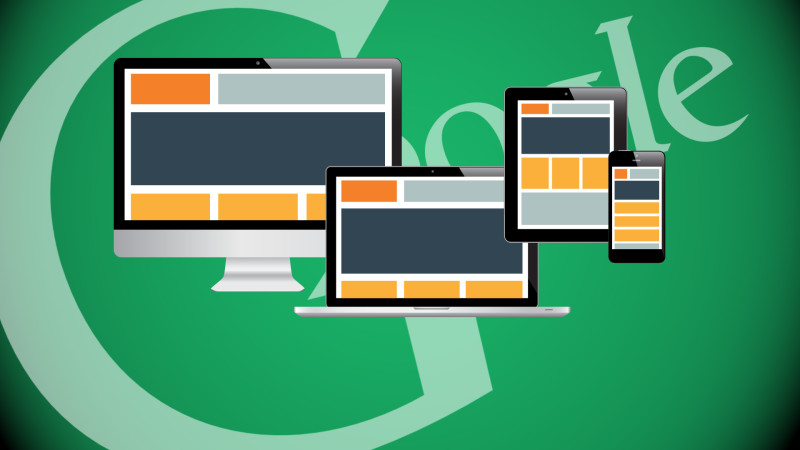
Google to Impose Algorithmic Penalty on More Doorway Pages in the Near Future
March 23, 2015
How to Boost Conversion Rate on Your Business Website
April 2, 2015Why Google Glass is Not that Much Impressive Compared to Smart watches
It was in June 2012 that Google introduced its much-hyped Google Glass at the Google I/O Conference, which many industry observers pointed as a ‘beginning’ in developing wearable smart devices. But the internet search giant released it to the developer community in April 2013. Since then, the device has been mired in controversy, but it has also been successfully used in the areas of journalism and medicine. A year later we saw Google stopped its sale and said that it will no longer sell the “current iteration” of its smart glass. In this article, we will look into reasons why Google is not that much impressive compared smart watches introduced by other tech companies such as Motorola, Sony and Apple.
Introduced At the Wrong Time
Before wearable technology to become an inseparable part of our daily life, it needs to come a long way to go. There are many concerns among users, as well as non-users, about how a smart device such as Google Glass can be used in public settings. Here are the few key reasons why this device probably didn’t take off very well.
- Google Glass carried a hefty price tag of $1500
- Initially, Google Glass was available only to a small community of app developers
- Many users of this device found the voice and touch UI more difficult
- Google Glass lasts only three-to-four hours of battery life
According to BBC’s technology correspondent Rory Cellan Jones, he tried out Google Glass and found that the camera on the device “looks OK” but in overall, the device made its users look absurd. In the BBC article, he wrote that Google has tried to present this announcement as just another step in the evolution of an amazing innovation. But he further added that “Google Glass is dead, at least in its present form”. Now the question remains whether the tech giant be able to resurrect it. According to recent news reports, Google has hired Ivy Ross as the design head of Google Glass and she has been given the difficult task of taking that device from the geek crowd to the mainstream.
Challenges Faced By Google’s Smart Glass
Google Glass faced several challenges ever since its launch, in terms of usability and software. One such challenge was that developers chiseled the software and modified Google smart glass to be used for unintended purposes like taking a photo by winking. Also, users often raised issues regarding privacy and the ability of the smart glass wearers to record anything in their view. Due to these issues, casinos, bars and other establishments banned people wearing Google Glass in their premises. Some of the criticisms faced by Google Glass include:
- The image quality is not that good compared to today’s smartphones
- Device wearers often complained of disorientation from viewing a screen in the air
- The device requires constant internet connection via Wi-Fi or a smartphone
- Drivers show poor reaction time when they wear the smart glass
Whether Google Glass Need More Development
It seems that Google is planning to introduce an improved version of its smart glass as the sale of “present iteration” of the glass is put currently on hold. According to experts, there is an ample scope of wearable technology on the market, but it requires to effective marketing campaign at a price point that appeals to a wider set of users. With better features, Google’s smart glass will find real-time application in areas like education, medicine, law enforcement and entertainment.
In an article published on Warracle.net, case studied of Google’s wearable device has seen promising particularly in the sports context. The device is currently being used in case studies for golfers to be able to better judge the elevations, wind speed and distances to the hole all while leaving their hands free from the golf club.
The internet search giant is currently working on apps for its wearable device that would be effective with Google Glass and thereby making it a must-have for customers. Currently, the world is not ready or willing to embrace wearable technology such as Google Glass, but in the near future, we will definitely see an advanced version of Google’s smart glass on many faces.

